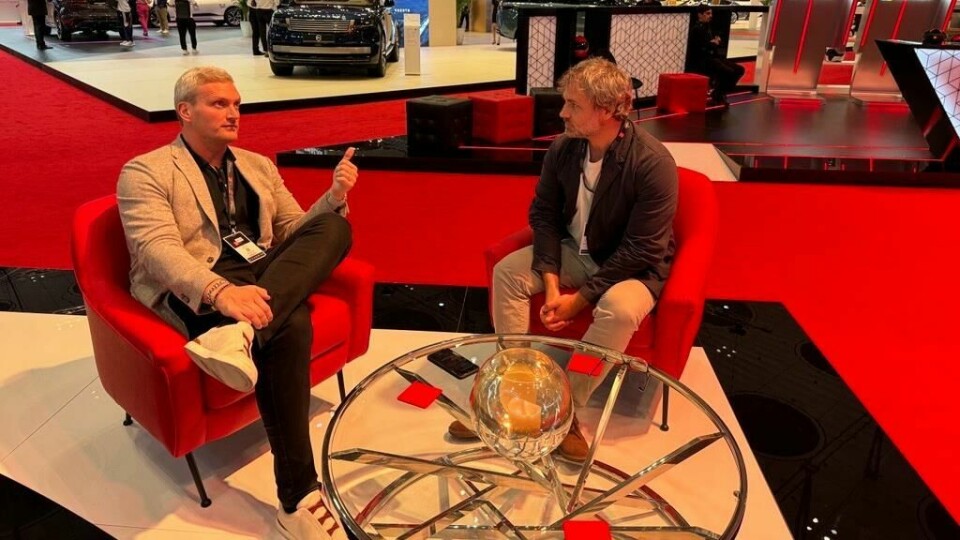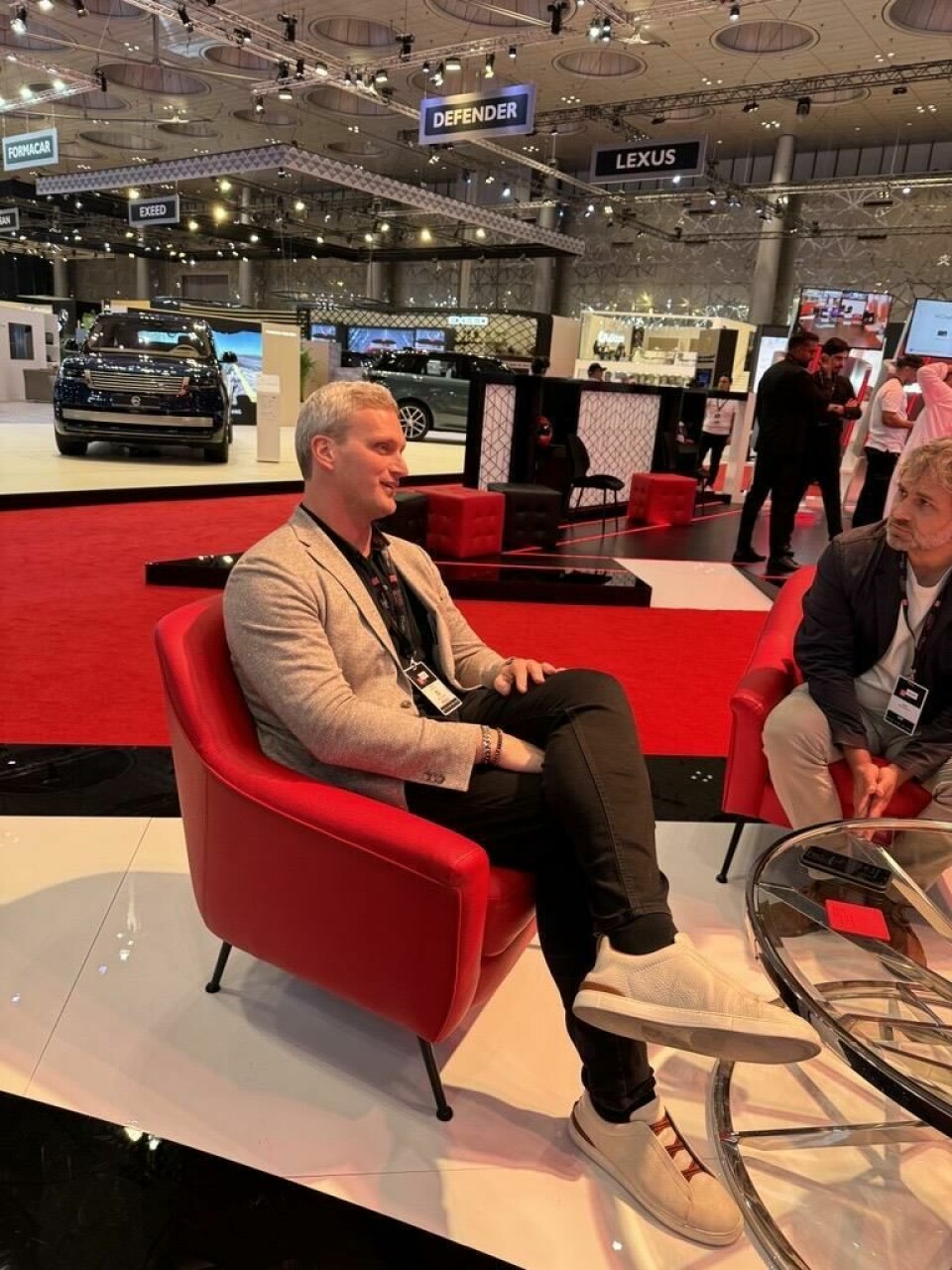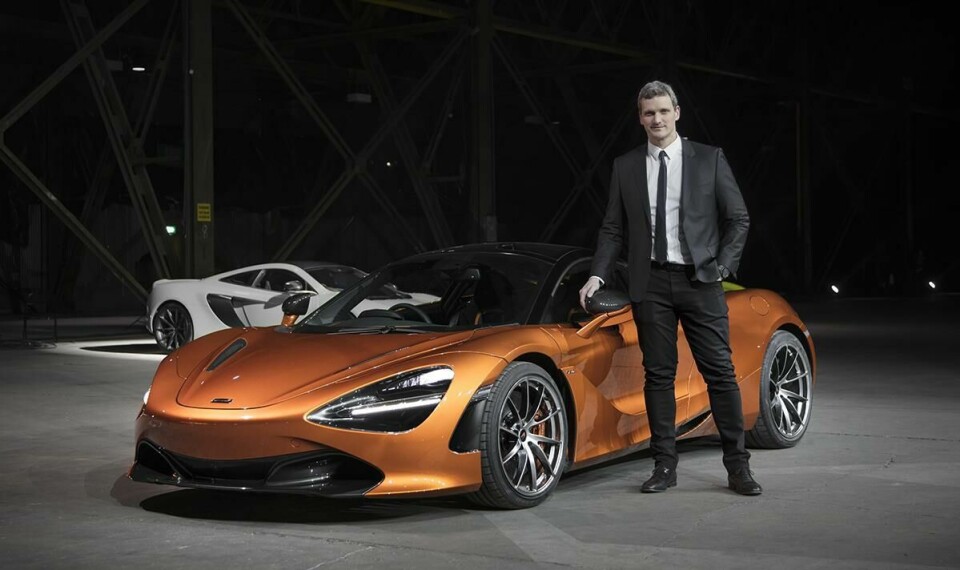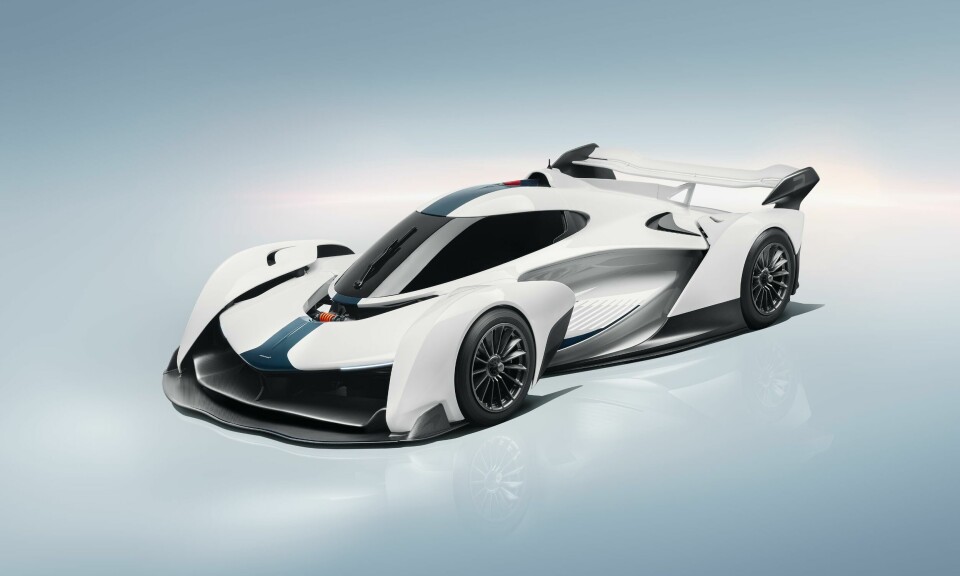
Exclusive: Rob Melville on Ceer, Saudi Arabia and regional design
About 18 months ago, McLaren design director Rob Melville traded supercars for start-ups, joining Saudi Arabian brand Ceer. Car Design News caught up with Melville at the Doha Motor Show to find out what the British designer has been up to in his first interview since his appointment at Ceer. Spoiler alert, he’s been busy
It has been nearly 18 months since McLaren design director Rob Melville left the supercar brand to join Saudi-based start-up Ceer. Now based in Riyadh, Melville has been keeping a very low profile since leaving what he describes below as his dream job at McLaren. As for Ceer, well, it is the country’s first electric car brand, and the chairman is Crown Prince Mohammed Bin Salman Bin Abdulaziz.
The eagle-eyed Car Design News team spotted the mysterious Melville in the crowds at the Geneva Motor Show in Doha and asked the British designer what’s been occupying him of late.

Car Design News: Where are you with Ceer?
Rob Melville: We have been defining what the brand is. We did a three-month piece of research, working with world class global agencies to stress test and challenge what we were learning and what we thought we knew. We looked at where everyone else is going. If everyone else is going left, what does right look like? The aim being purpose led designs that are relevant but different. The good thing now is we’ve got the pillars that underpin the brand: unbounded vision, designed for the region, and created for the people.
We collected a huge amount of data, which we used to fuel 44 exterior designs and 17 interiors that we created digitally and fully animated. It was a massive bandwidth, and all the designs were talking to those brand pillars – but doing it in very different ways.
CDN: When you say doing it in different ways, what do you mean?
RM: We assembled rather unique design teams to really challenge the conventions of automotive, not do another 1% or 2% incremental shift in the design or the styling of where the lines go on the sheet metal.
But how do you bring concepts in? How do you offer something which talks to the region that captures this unbounded vision; shows it’s designed for the region and how do they use it? That isn’t, as I say, a 2% shift. This is more like a 15% shift, which makes my previous work look normal.
They’re using the car as a platform for life. Not even SUVs. Often, they’re using sedans. The car’s opened up – they’ve got the coffee out, the chairs – it’s like a basecamp on wheels
CDN: What was the ultimate goal?
To be totally unique but relevant. Design is many things. Personally, I believe in purpose-led design that is full character and incredibly striking and desirable. To find unique solutions both aesthetically and functionally you need to ask the right questions or re-frame old questions. That brings us to the ‘intersection of things’. Identifying fresh intersection points, based on the right questions is where new ‘things’ happen.

CDN: When you said it was important to be region specific, what were the opportunities in terms of design?
RM: I can’t give away specifics about the concepts, but there are challenges like the sun, the heat and sand/dust and occasional flash floods. For example, the houses here traditionally had very small deeply rebated windows but the modern houses use technology to create houses that are still clearly Saudi yet light and airy…the cars should be the same. Ultimately, the question is what’s going to resonate with the people? Many families head-out to the desert or edge of town to barbeque and enjoy coffee together at 11:00 pm through to 1:00 am. They’re using both SUVs and sedans as a platform for life in ways I’ve never seen. The car’s opened up – they’ve got the coffee out, the chairs, the camp fire – it’s like a basecamp on wheels.
Local dress also presents new challenges and opportunities. There are certain things you can design-in when you consider what people wear, making ingress/egress easier when wearing a thobe for example. There’re a lot of opportunities and we’ve got some really cool solutions which I can’t talk about because it’s too soon to give the game away.
CDN: Backpedalling a little – what motivated you to join Ceer?
RM: I had what many people call a dream job. I loved it, absolutely loved it. The people, the place, the products, the brand. I lived, breathed, slept it. It was a brilliant time. But I’d been there for 13 years, starting with the P1 and the replacement of the P1 was essentially finished.

The other key factor was Solus GT. This was also complete and was created from a series of vision sketches I did back in 2011. It was a vision of all the key concepts to inspire a generation of McLarens. All those concepts fed into the designs that then became road cars. Some were integrated already on P1 and then 570S, 720S all the way through to Elva and Speedtail. Realising the vision sketch finished my chapter at McLaren on the perfect note.
Out of the blue I got the email, are you interested in an opportunity in Saudi Arabia? At first my family and I weren’t sure but after a visit and meeting my future colleagues I was sold! Saudi and the broader GCC is on a huge push – the sky’s the limit. We’re are doing things differently and it’s a really exciting time to be here specifically. Seeing the country transform, diversify and industrialise is exciting and inspiring.
Simply, out of all the options it was the biggest automotive challenge on the planet. We are helping to industrialise a nation. We are creating everything from scratch, a world class team, the brand, the product, the infrastructure, the facilities, new processes etc. It’s the ultimate challenge. So I thought, okay, let’s go for it.



